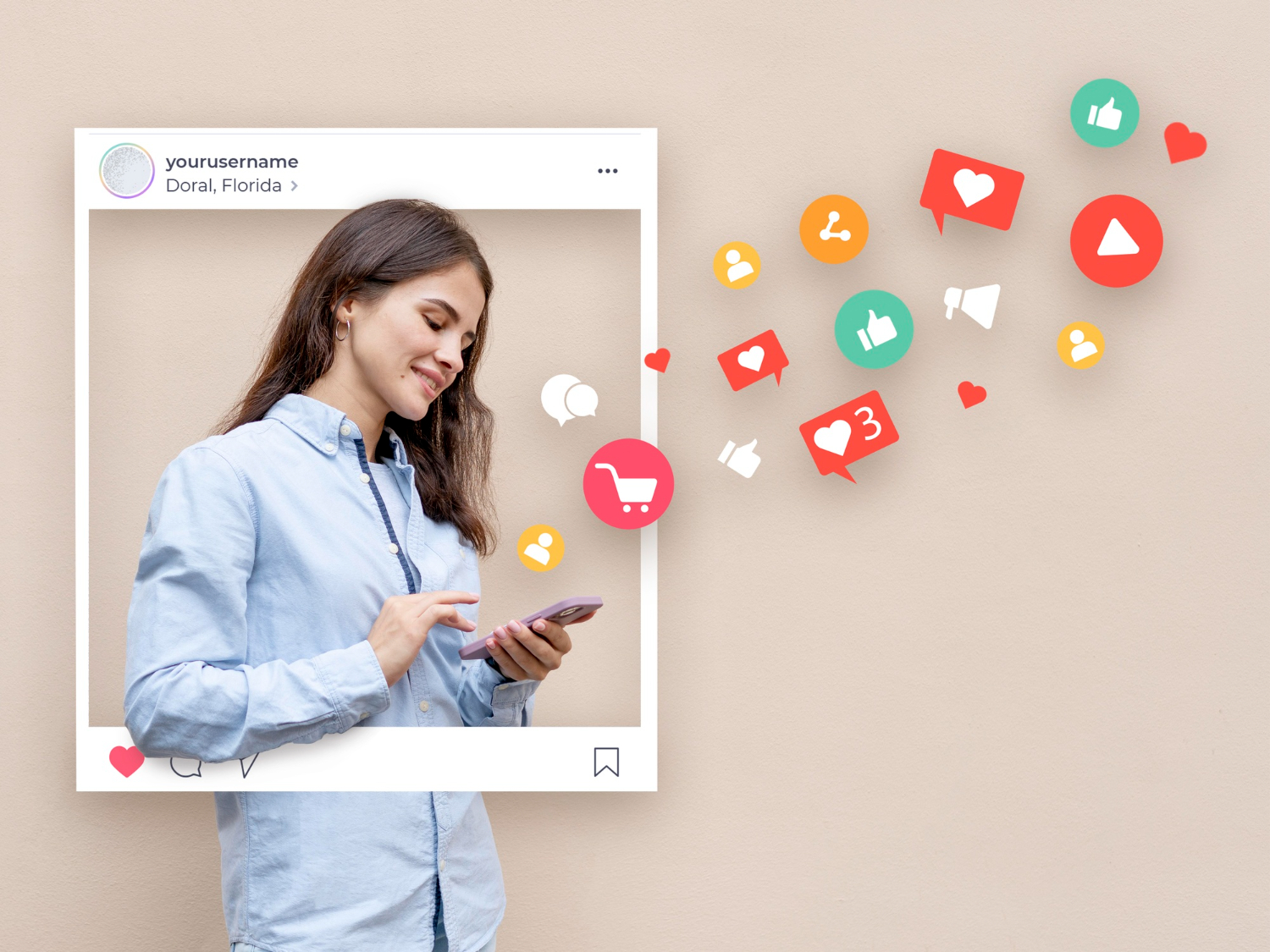In the area of marketing, grabbing attention is crucial, and graphic design plays a vital role. By using visuals, it becomes an essential part of successful marketing strategies. From attractive logos to captivating ads, graphic design has the power to influence how consumers behave. In this blog, we will discuss the significant role of Graphic design in marketing and explore how it can truly make a difference.
The Art of Visual Communication:
,a href=’https://phppoets.com/services/graphic-designer/’>Graphic design is all about visual communication. Designers use images, colours, typography, and layout to convey messages and stir emotions. Their goal is to create designs that catch people's attention, keep them interested, and convince them to take action. By using visual elements strategically, designers can effectively express brand values and create a powerful brand identity.
Catchy and Memorable Logos:
Catchy and memorable logos are like a brand's face. They show its identity and values. A well-designed logo can leave a lasting impression. These logos are instantly recognizable and make people think of the brand. They have become powerful symbols, easily showing what the brand is all about.
Compelling Advertisements:
Graphic design also plays a crucial role in creating impactful advertisements. Whether it's print media, online banners, or social media campaigns, well-designed ads can capture attention and drive engagement. With the right combination of colors, typography, and visuals, designers can create compelling ads that resonate with the target audience. By using persuasive design elements, such as strong visuals, catchy headlines, and clear calls to action, graphic design can significantly enhance the effectiveness of marketing campaigns.
Consistent Branding:
Consistency is key when it comes to branding. Graphic design helps maintain a consistent visual language across all marketing materials. From brochures and packaging to websites and social media posts, a consistent design aesthetic creates a cohesive brand experience. By employing consistent colours, typography, and imagery, graphic designers ensure that the brand remains recognizable and reinforces its core values in the minds of consumers.
Creating a Memorable User Experience:
User experience (UX) is another critical aspect of marketing, especially in the digital realm. Graphic design plays a vital role in enhancing user experience and ensuring a smooth interaction with a brand's online presence. Intuitive navigation, aesthetically pleasing layouts, and visually appealing interfaces are all elements that contribute to a positive user experience. By considering the user's journey and designing with their needs in mind, graphic designers can create memorable experiences that leave a lasting impact.
Graphic design Importance:
Visual Appeal: Graphic design enhances the visual appeal of marketing materials, making them more eye-catching and engaging for the target audience.
Identity of Brand: It plays an important role in making and maintaining a brand's identity. It helps establish a consistent visual language and style that reflects the brand's values and personality.
Recognition: Through effective graphic design, marketing materials can stand out from the competition and create a strong brand recognition among consumers.
Communication: Graphic design conveys messages and information in a visually compelling and concise manner. It helps simplify complex concepts and makes it easier for the audience to understand the marketing message.
Emotional Connection: Well-designed graphics evoke emotions and connect with the audience on a deeper level. By using appropriate colours, typography, and imagery, graphic design can elicit specific feelings and resonate with consumers.
Differentiation: In a crowded marketplace, graphic design helps businesses differentiate themselves from competitors. Unique and memorable visuals can set a brand apart and attract attention.
Consistency: Graphic design ensures consistency across all marketing materials, from websites and social media to brochures and advertisements. This consistency reinforces the brand image and builds trust with the audience.
Credibility: Professionally designed graphics instil a sense of trust and credibility in the audience. When marketing materials are visually appealing and well-designed, it reflects positively on the brand's professionalism and quality.
Storytelling: Graphic design allows marketers to tell compelling stories visually. By combining images, illustrations, and typography, brands can create narratives that captivate and engage the audience.
Call-to-Action: Effective graphic design can guide the audience towards a specific action. Whether it's clicking a button, making a purchase, or signing up for a newsletter, well-designed visuals can motivate users to take the desired action.
Memorable Impact: Memorable graphics leave a lasting impression on the audience's minds. A strong visual design can make a brand more memorable, increasing the likelihood of customers choosing it over competitors.
Targeting the Right Audience: Graphic design helps tailor marketing materials to the specific needs and preferences of the target audience. Through visual cues and design elements, brands can connect with their ideal customers more effectively.
Product Showcase: Graphic design enables businesses to showcase their products or services in an appealing way. It highlights key features, benefits, and USPs, making the offerings more attractive to potential customers.
Online Engagement: In the digital era, graphic design plays a crucial role in online marketing. It helps create engaging social media posts, website layouts, and online ads that drive user engagement and increase conversion rates.
Versatility: Graphic design can be applied to various marketing channels and mediums, including print, digital, and social media. This versatility allows brands to maintain a consistent visual presence across different platforms.
Increase in Sales: Effective graphic design can directly impact sales and revenue. Well-designed marketing materials have the power to influence purchasing decisions, making customers more likely to choose a product or service.
Audience Understanding: Through graphic design, marketers gain a deeper understanding of their target audience. By analysing the audience's response to different visual elements, brands can refine their marketing strategies and better connect with customers.
Competitive Advantage: Graphic design gives businesses a competitive edge in the marketplace. When marketing materials are visually appealing and well-executed, it positions the brand as a leader and enhances its perceived value.
Adaptability: Graphic design allows for easy adaptation and rebranding. As businesses evolve and grow, graphic design can be modified to reflect the changes and maintain relevance in the market.
Amplification of Marketing Message: Graphic design amplifies the impact of a marketing message. By combining compelling visuals with persuasive copywriting, brands can create a powerful.





